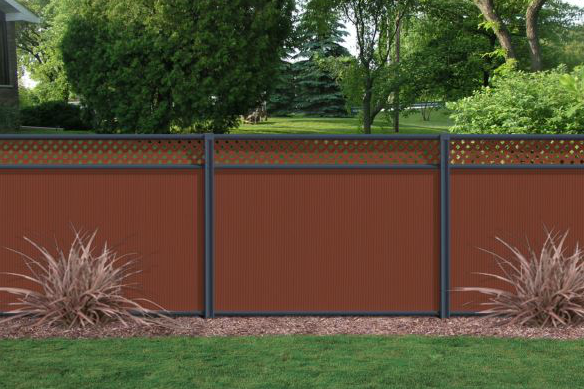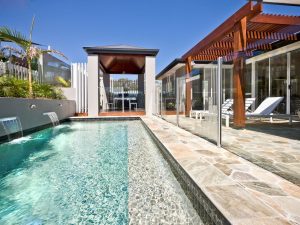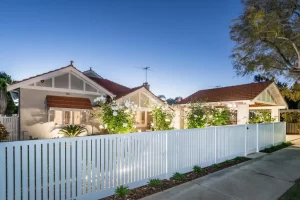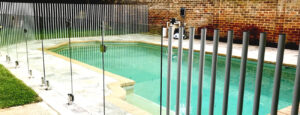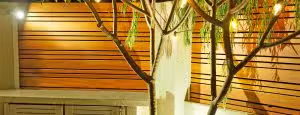You’ve decided to build or update a fence on your property. Although many contractors may be tempted to just go get the same materials they’ve used in the past, or perhaps something similar to what has been installed around your area, it benefits you immensely to have someone take a little time to plan your fencing project first. You’ll end up saving time and money in the long run.
Step 1: Make a Map
We may use a program like Google Maps to print out an aerial map, or simply freehand sketch a rough estimation with measurements. The most important thing get an image of your property on paper to work with.
Step 2: Draw the Boundary Fence
This will help you figure out how much fence you’ll need, particularly if the map is to scale, as well as help you develop a better understanding of what the finished result will be.
Step 3: Mark Internal Fences
Together, we’ll mark which areas will be for particular uses, such as grazing or cropping. If applicable, any decorative fencing you may want or need, such as fencing to encourage visitors to stay in designated areas, will also be noted. Depending on use, we can help decide what types of products will be appropriate.
Let us make a recommendation for you.
Receive a No Obligation quote on Retaining Plinths and Colorbond Fencing Prices today!
Step 4: Evaluate the Threats
Because you’re looking to instal fencing, you’re probably trying to keep something off your property, or keep something contained on your property. Think about those creatures. There are three ways that something will get past your fence: through it, over it, or under it. If your threats are animals, determine if they climb, burrow or charge fences. If your threats are human, you’ll probably want to look at specially designed security fencing.
Another threat to your fencing is nature and weather. If you live in a flood zone, or experience fires on a regular basis on your property, you’ll want to ensure the materials you’re choosing for your fence will endure those occurrences.
Step 5: Evaluate your Terrain
Rocky, hard terrain can allow you to use shorter posts, whereas soft soil requires longer posts. Being aware of these requirements ensure easier planning and having the fence properly installed will make it last much longer. Another feature of your terrain to consider is slope. Flat ground requires fewer posts, whereas slopes and hills require posts to be closer together, particularly for wire fences.
Click Here to View More Fence Products:
